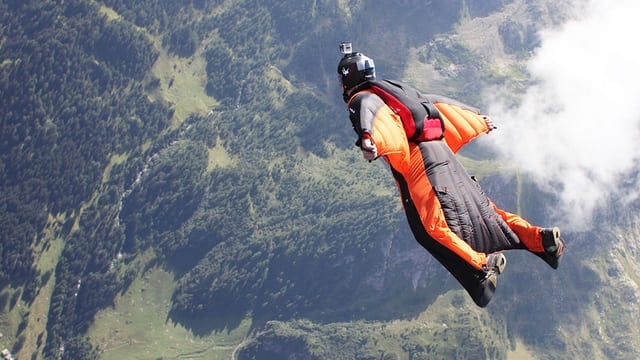Understanding the Real Risks of Extreme Sports: An In-Depth Look at Fatalities and Safety
Extreme sports are synonymous with thrill-seeking, pushing limits, and, inevitably, carrying real risks. Despite technological improvements that have boosted safety over recent decades, participants’ passion for adrenaline-fueled activity means accidents—sometimes fatal—still occur.
This article explores which extreme sports are the most dangerous, examines what happens when tragedy strikes, and discusses ongoing efforts and obstacles in making these activities safer.
Which Extreme Sports Carry the Highest Risk?

While most adventure sports enthusiasts are far from reckless, not all extreme sports present the same hazards. BASE jumping stands out as the most perilous of all. This sport—leaping from fixed objects like cliffs or buildings with just a parachute—has been widely reported to cause disproportionately high numbers of deaths. Some sources suggest that there is one fatality for every 60 participants, and it’s so dangerous and widespread that there’s no official, comprehensive record of incidents.
Wingsuit flying, a variation of BASE jumping using suits that temporarily allow the user to glide horizontally at speeds reaching up to 140 MPH, has added even more risk. Although the sport has produced breathtaking footage and viral videos, it has also been associated with a substantial number of fatalities, even among experienced athletes.
Other disciplines such as freerunning, freediving, and cliff diving aren’t considered as deadly but still involve serious dangers. Reliable fatality statistics are challenging to collect due to the informality and decentralized nature of many extreme sports. However, some studies help illustrate the scope of injuries in these activities.
Injury Data: Head and Neck Trauma in Extreme Sports
To highlight just how risky some mainstream extreme sports can be, a 2015 study published in the Orthopaedic Journal of Sports Medicine recorded the following head and neck injury counts in the United States from 2000-2011:
| Sport | Reported Head/Neck Injuries (2000–2011) |
|---|---|
| Skateboarding | 129,600 |
| Snowboarding | 97,527 |
| Skiing | 83,313 |
| Motocross | 78,236 |
| Surfing | 39,758 |
| Snowmobiling | 16,448 |
| Mountain Biking | 15,233 |
These figures include both amateur and professional incidents, revealing just how pervasive—and serious—injuries can be in high-risk sports.
How Fatal Accidents Impact Events and Athletes

While most reported injuries happen among recreational participants, professional athletes are not immune to devastating accidents, sometimes resulting in tragic deaths during major competitions. Extreme sports gained mainstream prominence with televised events like the X Games. Surprisingly, it wasn’t until the 17th edition of the Winter X Games in 2013 that the first on-air athlete death occurred.
During a snowmobile trick competition, Caleb Moore suffered a severe accident when his machine landed on him after an attempted backflip. Though he initially left the scene on foot, complications from his injuries led to his death a week later in hospital.
Events typically continue even when athletes are seriously injured and their health status remains unknown to the audience—a practice seen when motocross rider Jeremy Lusk died from competition-related injuries in 2009. The desire to maintain event momentum often takes precedence, leaving fans and viewers unaware of the full extent of incidents until much later.
Advancements and Ongoing Challenges in Extreme Sports Safety

Recognizing the dangers, organizers and athletes have increasingly turned to technology and new training methods to minimize risk. Innovations such as foam safety pits help competitors practice highly technical stunts in a controlled manner, while better equipment helps prevent catastrophic failures.
However, regulations aren’t always strictly enforced. At major events like the X Games, athletes sometimes have the option to go without helmets, which continues to result in high-profile injuries. In reaction to accidents, certain hazardous events—such as Snowmobile and Moto X Best Trick—have been temporarily suspended, though not always on a permanent basis.
Ultimately, the relentless push for more complex tricks and greater spectacles in extreme sports means that some level of risk is always present, and injuries remain an unfortunate part of the culture.
Conclusion: Accepting and Addressing the Risks of Extreme Sports
While the allure of extreme sports ensures they will always have enthusiasts willing to test their limits, it is clear that the risks are real and sometimes tragic. But with ongoing advancements in safety equipment and an evolving culture of risk management, the community continues to evolve in balancing danger and spectacle.








